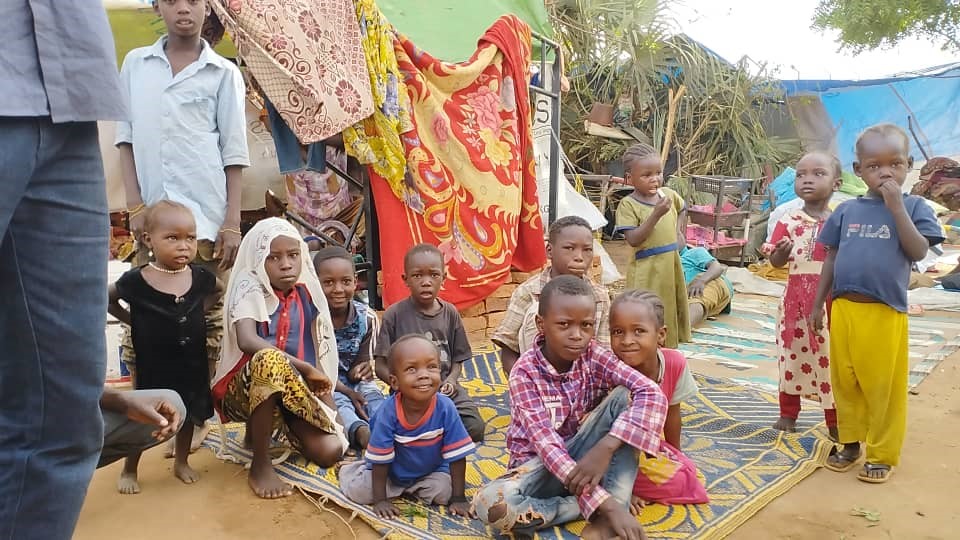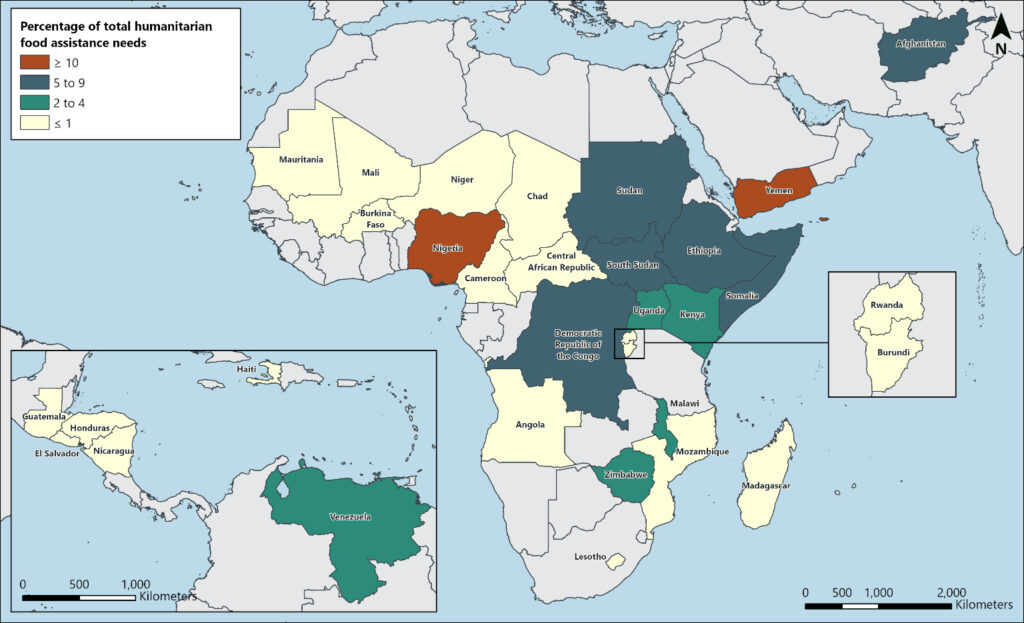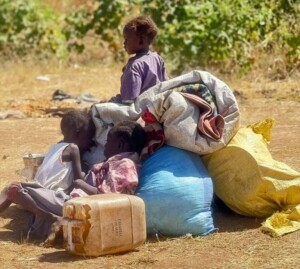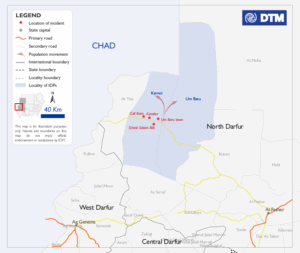War fuels acute food insecurity in Sudan

Children displaced by the violence in El Geneina in makeshift shelters (Photo: RD)
WASHINGTON DC –
The war between the Sudan Armed Forces (SAF) and the paramilitary Rapid Support Forces (RSF) that erupted in the country on April 15 has led to an increased deterioration in food security conditions. The Famine Early Warning Systems Network (FEWS NET*) expects that the number of people in need of humanitarian food assistance will be one of the highest in the world by the end of the year.
With significant increases in food and other commodity prices, and a continued conflict, acute food insecurity in Sudan continues to increase rapidly. The latest Food Assistance Outlook Brief, June 2023 from FEWS NET indicates that around 11.9 million people across the country are highly food insecure.
The situation is expected to worsen by December and at least one in five households will face extreme food consumption gaps, resulting in very high acute malnutrition or excess mortality [Widespread crisis, IPC Phase 3].
In parts of greater Darfur and Kordofan the situation is projected to deteriorate even further and at least one in five households will have a near complete lack of food and/or other basic needs. Starvation, death, and destitution are evident [Emergency, IPC Phase 4].

In other rural areas, levels of acute food insecurity will remain atypically high given expected widespread negative impacts on planting, cultivation, and overall harvests in the upcoming agricultural season.
The results reflect a significant increase in the expected magnitude compared to the same period last year.
Radio Dabanga reported on Tuesday that medicine shortages and lack of food are threatening hundreds of lives in Sudan capital.
Before the outbreak of conflict Sudan already faced a high burden of food insecurity. Radio Dabanga reported a year ago that one-third of the population of Sudan are currently facing acute food insecurity according to the World Food Programme (WFP).
* The United States Agency for International Development (USAID) established the Famine Early Warning Systems Network (FEWS NET) in 1985 in response to devastating famines in East and West Africa and a critical need for better and earlier warning of potential food security crises. Analysts in 20 field offices work with US government science agencies, national government ministries, international agencies, and NGOs to produce forward-looking reports on more than 35 of the world’s most food-insecure countries.











 and then
and then